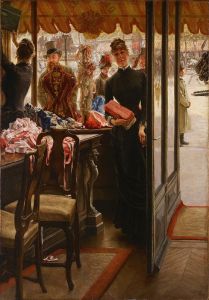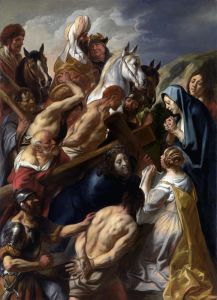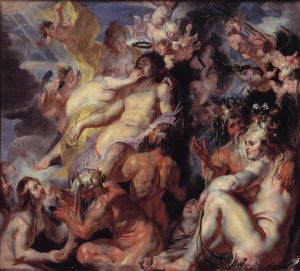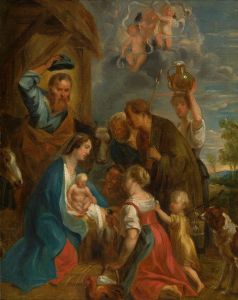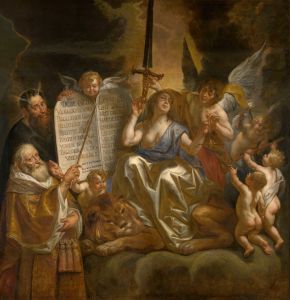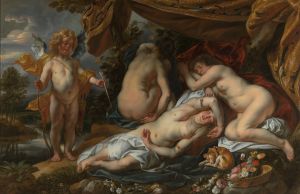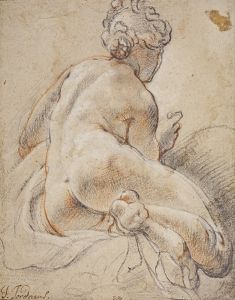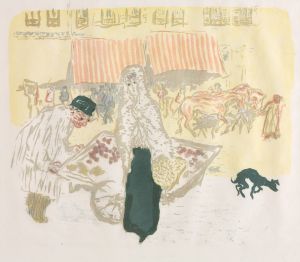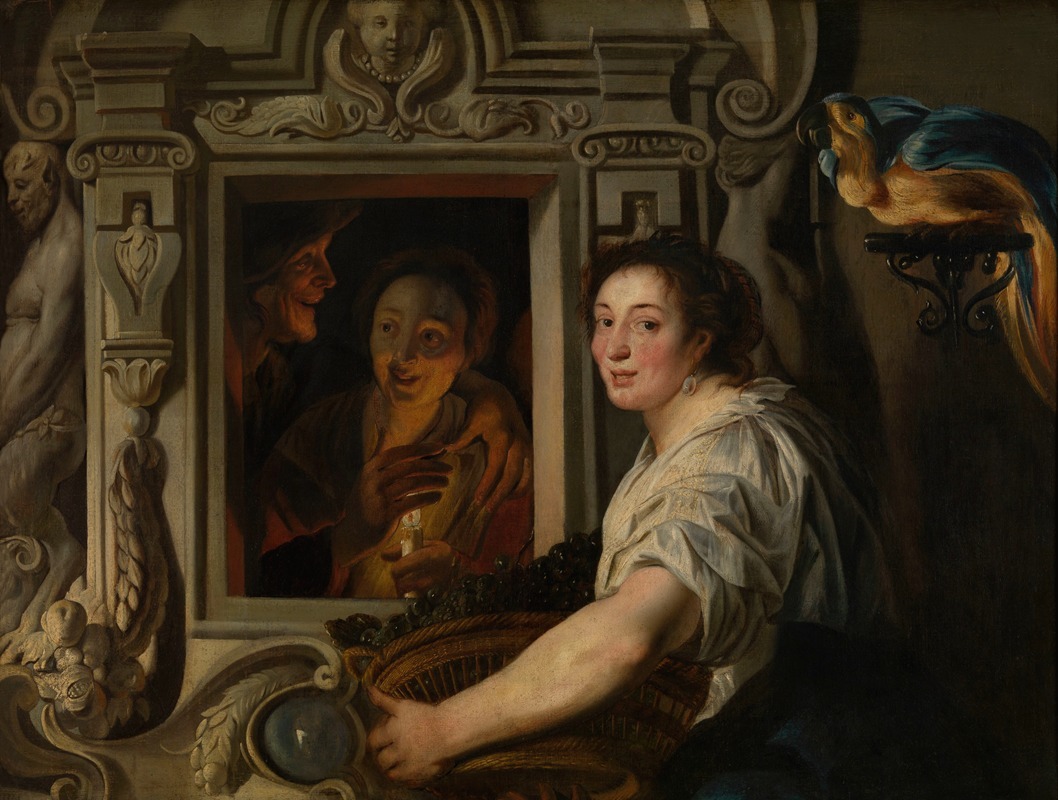
The Fruit Seller
A hand-painted replica of Jacob Jordaens’s masterpiece The Fruit Seller, meticulously crafted by professional artists to capture the true essence of the original. Each piece is created with museum-quality canvas and rare mineral pigments, carefully painted by experienced artists with delicate brushstrokes and rich, layered colors to perfectly recreate the texture of the original artwork. Unlike machine-printed reproductions, this hand-painted version brings the painting to life, infused with the artist’s emotions and skill in every stroke. Whether for personal collection or home decoration, it instantly elevates the artistic atmosphere of any space.
"The Fruit Seller" is a painting by the Flemish Baroque artist Jacob Jordaens. Jordaens, born on May 19, 1593, in Antwerp, was one of the leading painters of the Flemish Baroque tradition, alongside Peter Paul Rubens and Anthony van Dyck. He is known for his vibrant use of color, dynamic compositions, and his ability to capture the lively spirit of his subjects.
"The Fruit Seller" is a genre painting, a category that depicts scenes from everyday life, often imbued with moral or allegorical significance. This particular work showcases Jordaens' skill in portraying domestic scenes with a rich, narrative quality. The painting features a fruit seller, a common figure in 17th-century Flemish society, surrounded by an abundance of fruits, which are rendered with meticulous attention to detail. The fruits, including grapes, apples, and pears, are depicted with a lush realism that highlights Jordaens' mastery of still life elements within his compositions.
The central figure of the fruit seller is often depicted as a robust, cheerful woman, engaging with potential buyers or simply displaying her wares. This portrayal reflects the Baroque interest in capturing the vitality and diversity of human experience. The setting is typically a market or a street scene, providing a glimpse into the daily life of the period.
Jordaens' use of light and shadow in "The Fruit Seller" is characteristic of the Baroque style, creating a sense of depth and volume that brings the scene to life. The interplay of light on the fruits and the figure's face adds a dramatic effect, enhancing the overall realism of the painting. The composition is dynamic, with a sense of movement and interaction that draws the viewer into the scene.
"The Fruit Seller" also reflects Jordaens' interest in the human condition and his ability to infuse his works with a sense of humor and warmth. The figure of the fruit seller is often depicted with a lively expression, suggesting a story or interaction that goes beyond the mere act of selling fruit. This narrative quality is a hallmark of Jordaens' work, making his paintings engaging and relatable to viewers.
Jacob Jordaens' contribution to the Flemish Baroque movement is significant, and "The Fruit Seller" is a testament to his ability to blend genre painting with elements of still life and portraiture. His works are celebrated for their vibrant color palette, dynamic compositions, and the lively, often humorous portrayal of everyday life.
Today, "The Fruit Seller" is appreciated not only for its artistic merit but also for its historical value, providing insight into the social and economic aspects of 17th-century Flemish society. Jordaens' ability to capture the essence of his subjects with such vividness and detail continues to be admired by art enthusiasts and scholars alike.





